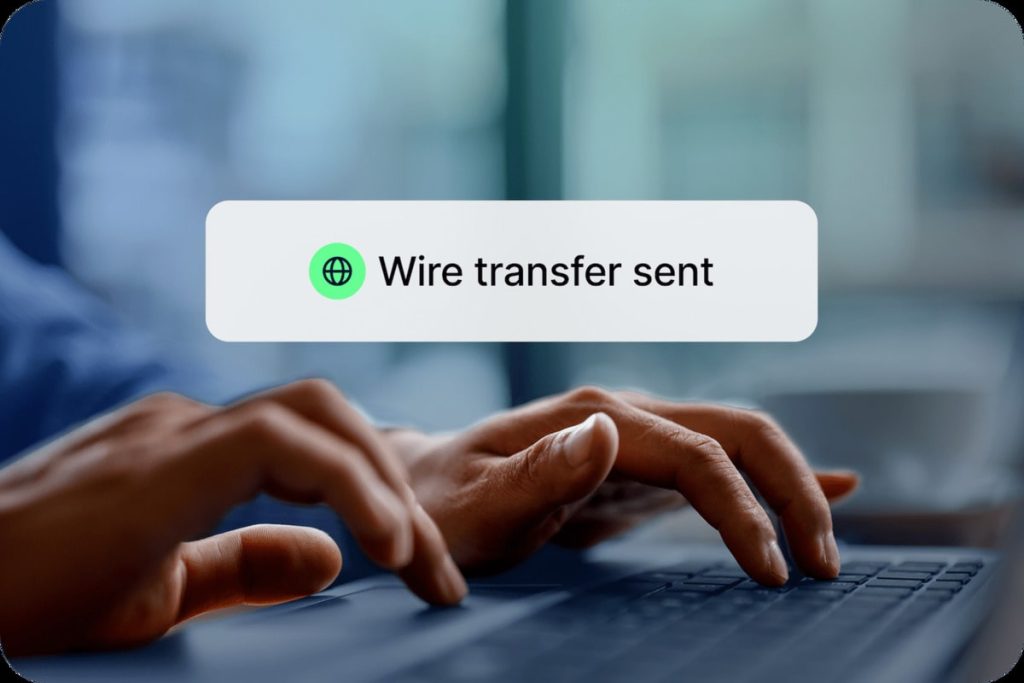Wire transfers are a vital financial service used for transferring money between accounts, banks, or across borders. Understanding how long these transfers take is essential, especially for time-sensitive transactions. This article covers the factors affecting transfer times, typical durations, and ways to speed up the process. It also addresses common issues and solutions, supported by data and facts.
What is a Wire Transfer?
A wire transfer is an electronic method of transferring money between banks or financial institutions. It is often used for large or urgent transactions. Wire transfers do not involve physical cash exchange but are settled electronically through secure networks like SWIFT or Fedwire.
Types of Wire Transfers:
- Domestic Wire Transfers: Transfers within the same country, usually completed within 24 hours.
- International Wire Transfers: Cross-border transfers that can take 1-5 business days.
Key Entities:
- Sender’s Bank: Initiates the transfer.
- Intermediary Banks: Facilitate the transfer, especially in international transactions.
- Recipient’s Bank: Receives and deposits the funds.
For example, a domestic transfer within the U.S. might use the Federal Reserve’s Fedwire network, while international transfers often use the SWIFT network.
Factors Influencing Wire Transfer Times
Several factors influence wire transfer times:
- Type of Transfer
- Domestic Transfers: Typically completed within the same day or up to 24 hours.
- International Transfers: Generally take 1-5 business days.
- Bank Policies and Procedures
- Different banks have varying processing times. Some banks process transfers in real time, while others may take hours or days depending on their internal systems.
- Cut-off Times and Business Hours
- Banks have cut-off times for processing transfers, usually around 3-5 PM local time. Transfers initiated after the cut-off are processed the next business day.
- Intermediary Banks
- International transfers often involve intermediary banks, which can add processing time.
- Errors and Compliance Checks
- Delays can occur if the transfer request contains errors or if the transaction needs additional compliance checks due to anti-money laundering (AML) regulations.
Table 1: Factors Impacting Wire Transfer Times
| Factor | Impact on Transfer Time | Example Scenario |
|---|---|---|
| Type of Transfer | Domestic (1 day) vs. International (1-5 days) | U.S. to U.S. transfer: 24 hours |
| Bank Processing Times | Real-time vs. Delayed processing | Varies by bank policy |
| Cut-off Times | Post cut-off transfers processed next day | Transfer after 5 PM processed next day |
| Intermediary Banks | Additional processing time in international | Multiple banks in the chain |
| Errors in Transfer Details | Requires manual correction, causing delays | Incorrect SWIFT code |

Typical Time Frames
Wire transfer durations depend on whether the transfer is domestic or international.
Domestic Transfers:
- Same Bank: Often processed within hours, sometimes instantly.
- Different Banks: Usually takes up to 24 hours.
International Transfers:
- Within Developed Countries: Typically 1-3 business days.
- To/From Developing Countries: Can take up to 5 business days due to additional compliance checks and intermediary banks.
According to Mastercard’s official documentation, international transfers to certain regions may experience delays due to stricter regulations. For example, sending money to countries in Africa or South Asia may involve additional scrutiny, leading to longer processing times.
Ways to Speed Up a Wire Transfer
While some delays are unavoidable, there are several ways to ensure your wire transfer is processed as quickly as possible:
- Double-Check All Information:
- Ensure that all recipient details, including account numbers and SWIFT codes, are accurate.
- Initiate Transfers Early:
- Start the process before the bank’s cut-off time to avoid next-day processing.
- Use Real-Time Payment Networks:
- Some payment processors offer real-time payments, which can significantly reduce transfer times.
- Avoid Weekends and Holidays:
- Banks do not process transfers on weekends or public holidays.
- Choose Reputable Banks and Services:
- Banks like Bank of America, with robust international transfer systems, often complete transactions faster.
For businesses and individuals frequently involved in international transactions, working with partners like Merchanto.org can be beneficial. Merchanto.org, an official partner of Visa and Mastercard, specializes in chargeback prevention, ensuring smoother financial operations. Learn more at Merchanto.org.

Common Issues and How to Resolve Them
Despite best efforts, issues can still arise during wire transfers. Here are common problems and solutions:
- Incorrect Information Provided:
- Solution: Contact your bank immediately to correct errors before the transfer is finalized.
- Transfer Delays:
- Solution: Use the unique IMAD/OMAD identification number to trace the wire transfer’s progress. Delays often occur due to compliance checks or intermediary bank processing.
- Funds Sent to the Wrong Account:
- Solution: Immediately contact your bank to initiate a recall. Recovery depends on how quickly the error is identified.
- Slow Processing Times:
- Solution: If consistent delays are experienced, consider switching to a bank or payment processor with faster processing times.
Table 2: Common Wire Transfer Issues
| Issue | Cause | Resolution |
|---|---|---|
| Incorrect Recipient Details | Typos or wrong information | Contact bank to correct immediately |
| Delays in Processing | Compliance checks, time zones | Use IMAD/OMAD number to trace progress |
| Wrong Account Credited | Incorrect details provided | Initiate a recall with your bank |
| Slow Transfer Times | Intermediary banks, regulatory checks | Switch to faster payment services |
Conclusion
Wire transfers are essential for moving money securely and efficiently, especially for large or urgent transactions. By understanding the factors that affect transfer times and knowing how to navigate common issues, you can ensure your funds reach their destination quickly and safely.
This article provides a clear understanding of wire transfer processes, along with practical steps to avoid common pitfalls. By following these guidelines, individuals and businesses can manage their financial transactions with greater confidence and efficiency.



